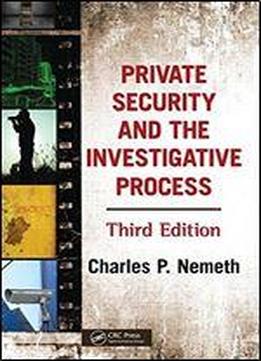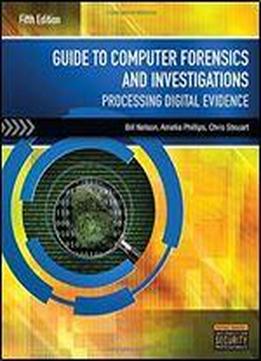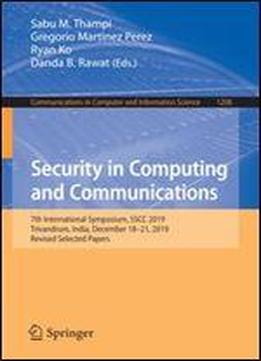
Cyber Savvy: Embracing Digital Safety And Civility
Tags:
Nancy E. Willard
Cyber Savvy: Embracing Digital Safety and Citizenship provides guidance to educators, mental health professionals, and law enforcement officers on how to effectively implement instructional activities to address issues of safety and citizenship with today's digital youth. The Cyber Savvy instructional approach is grounded in the understanding that the vast majority of young people want to make good choices, do not want to be harmed, and do not want to see their friends or others harmed. This instructional approach focuses on positive social norms, effective practices, and the positive engagement of witnesses. Concerns about the safety of young people online have been present since around 1995. At first filtering software was promoted at the way to "protect children." In the early 2000's the U.S. Department of Justice provided funding for several national organizations to create Internet safety curriculum material. Much of this material exaggerates the risks associated by "online strangers" and uses fear-based messaging. In 2008, Congress passed the Protecting Children in the 21st Century Act. This Act added a provision to the Children's Internet Protection Act (the law that requires schools and libraries to install filtering in conjunction with E-Rate funding for technology). This new requirement is for schools to teach about Internet safety. The Federal Communication Commission has just issued regulations about the new requirement. Most school districts already know that they need to move in this direction. Some new curriculum will be coming into the market place more can be expected. This book will address that need by describing the issues and suggested solutions so that school leaders, counselors, and teachers can provide a safe and productive online environment for their students. There has been so much inaccurate information presented, and still is, that is it exceptionally important that teachers gain research-based insight into the actual risks and recommendations grounded in effective risk prevention instruction. This book will provide that guidance.








